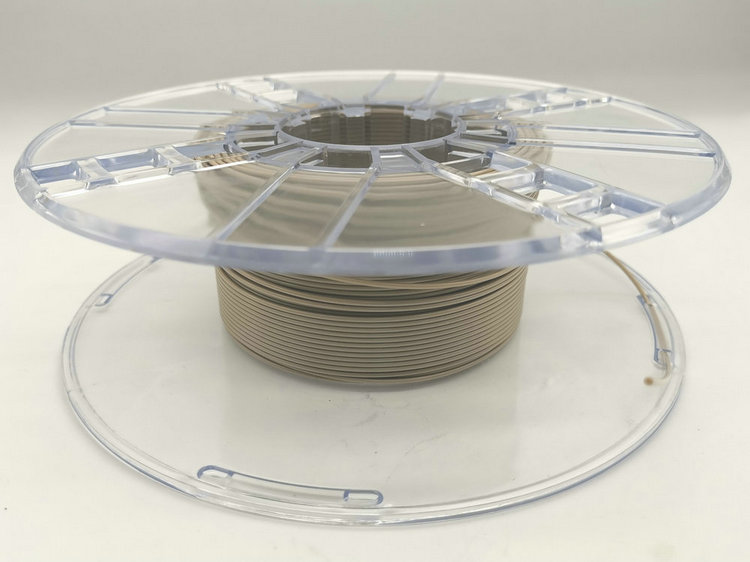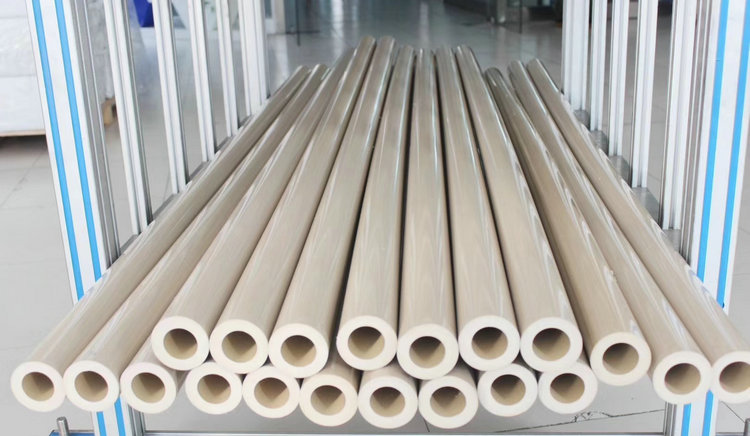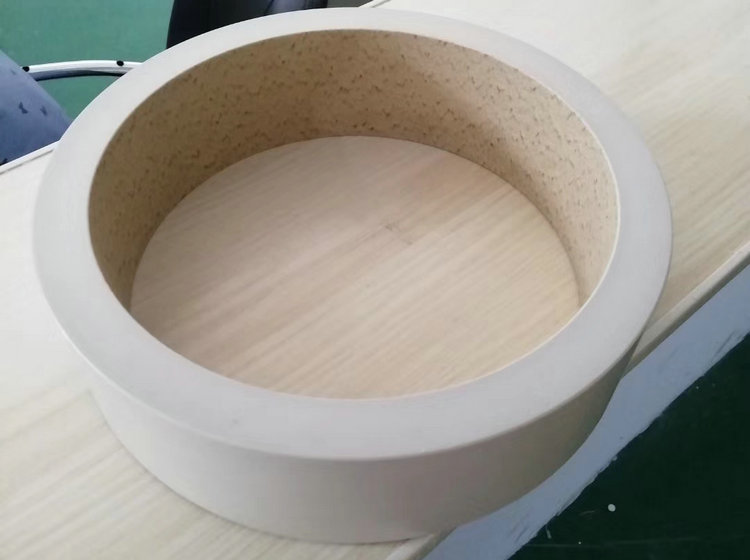The main differences between PEEK tubing, PEEK pipes, and PEEK hollow bars lie in their design, manufacturing processes, applications, and physical properties. Here's a detailed comparison:

PEEK Tubing
Design: PEEK tubing is typically cylindrical and can come in various diameters and wall thicknesses. It is often flexible, making it suitable for applications that require bending or coiling.
Manufacturing Process: Tubing is usually produced by extrusion, where molten PEEK is forced through a die to create the desired shape. This method allows for precise control over dimensions and wall thicknesses.
Applications: Commonly used in high-performance applications such as chromatography (HPLC), medical devices, and chemical processing due to its excellent chemical resistance and ability to withstand high pressures (up to 10,000 PSI) .
Properties: PEEK tubing has a smooth internal surface that reduces turbulence, making it ideal for fluid transfer applications. It is also biocompatible and resistant to thermal degradation.

PEEK Pipes
Design: Similar to tubing but generally designed for transporting fluids or gases. Pipes are always round and are measured by their nominal pipe size (NPS) which indicates their conveyance capacity.
Manufacturing Process: Like tubing, pipes are also produced through extrusion but are often made to withstand higher pressures. They can have thicker walls compared to standard tubing.
Applications: Primarily used in industrial settings such as oil and gas, where they must resist aggressive chemicals and high mechanical forces.They meet specific industry standards for safety and performance.
Properties: PEEK pipes exhibit high strength and thermal stability, making them suitable for demanding environments.

PEEK Hollow Bars
Design: Hollow bars are solid cylindrical pieces with a hollow center. They have thicker walls than tubing or pipes and can be machined into various shapes.
Manufacturing Process: Hollow bars are created through methods like extrusion, compression molding or centrifugal casting, which allows for uniform wall thickness without welding.
Applications: Used for machining into custom components or parts that require high strength and precise tolerances. Ideal for structural applications where weight savings are necessary without compromising strength.
Properties: They combine the strength of solid bars with the benefits of being lighter due to their hollow nature, allowing for effective use in various engineering applications.
Summary Table
| Feature | PEEK Tubing | PEEK Pipes | PEEK Hollow Bars |
| Design | Flexible, Cylindrical. | Rigid, Cylindrical. | Solid with a hollow center |
| Production Methods | Extrusion | Extrusion | Extrusion, Compression molding. |
| Applications | Medical devices, Chromatography. | Oil & gas, Industrial. | Custom machined parts |
| Key Properties | High flexibility, Kink resistance. | High strength, Thermal stability. | Excellent mechanical properties |
In summary, the choice between PEEK tubing, pipes, and hollow bars should be based on the specific requirements of your application regarding flexibility, pressure handling capabilities, and structural needs. Each form offers unique advantages tailored to different industrial demands.